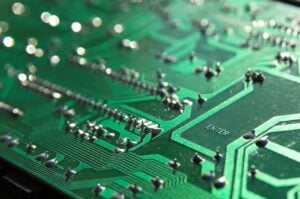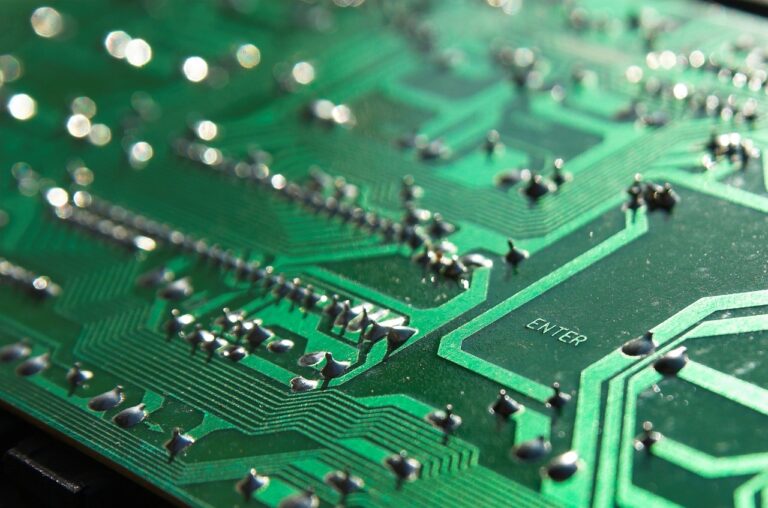In modern logistics industries, having a firm grasp on the big picture of operations is more important than ever before. This essentially reiterates what was discussed in our piece on ‘Transport Logistics’ earlier this year, wherein the benefits of good planning were the key point.

The more thorough and comprehensive your plans for operations are, the smoother those operations are likely to be.
At the same time though, it is perhaps equally important these days to have a firm grasp on real-time developments. Having a plan and a comprehensive vision is essential, but in today’s logistics operations technology has advanced to the point at which it can offer managers more insight into what’s going on at each point in time and at every point along the chain.
In a broad sense, today’s printed circuit boards have made supply chains more intelligent by enabling the use of sensors and trackers that can communicate automatically and wirelessly. This impacts supply chains in numerous ways, but three stand out as being particularly impactful.
1. In-Store Inventory Management
One of the most useful ways in which modern logistics operations have embraced the so-called “Internet of Things” is by implementing automated in-store inventory management in planning and timing. Essentially, if a store (or warehouse or other end point for that matter) can communicate when it is running low on a given type of product, the shipping process can start up as needed rather than on a set (and thus inefficient) schedule.
This process has been in use for several years now, but can now be made even easier by way of circuit boards with built-in touch sensitivity. As is conveyed in Altium’s overview of touch sensors with regard to PCB design, this technology provides an “inexpensive and highly reliable alternative” to conventional mechanical switches in electronics. And with respect to inventory management, this alternative enables the construction of small sensors that can be built into shelves to automatically sense inventory quantity by touch. This in turn makes shipping efforts far more precise (and cuts down on waste in the process).
2. Vehicle Monitoring
Here too the general idea has been around and in practice for years, but changes in printed circuit board technology are advancing the possibilities. It is by now common practice for logistics operations to involve the tracking of vehicles via GPS and similar technologies. This gives managers and other overseers the ability to manage routes, predict shipment times, and generally keep things as efficient as possible. As a piece on tracking at IoT Business News points out though, we’ve moved well beyond vehicle tracking and into more detailed practices — such as monitoring driver behaviour.
To those who have not read up on these topics before that can sound almost restrictive, or punitive. But really it’s about ensuring driver safety and maximising operational efficiency, all by the use of sensors and equipment that can monitor various aspects of behaviour. Tiny yet powerful PCBs have helped to bring about these sensors, which have their own wireless capability and can be placed in fleet vehicles to monitor specific things — such as speed fluctuation, starts and stops, inordinately long break times, swerves that may indicate tired driving, and more. Networks of electronic equipment compile all of this information and provide a fare more comprehensive version of vehicle monitoring in logistics.
3. Inventory Tracking
Last but not least is inventory tracking — not just at end points or points of sale, but during the actual shipping process. This can actually be done in a number of different ways (such as via RFID tags), but as is mentioned in Business Insider’s piece on IoT devices with respect to supply chains, “internet-connected trackers” play a role as well.
Here too, improvements in PCB design enabling reliable power and internet connectivity in ever-smaller electronics has allowed for the widespread production of tiny devices that can track and monitor inventory movement. Whether these are placed on trucks, crates, or even individual pieces of inventory, they provide logistics managers with a full picture of where items are at all times, and how much time deliveries are taking.
In all of these ways, advanced circuit boards are revolutionising modern supply chains — often in ways that are unseen or unnoticed.









